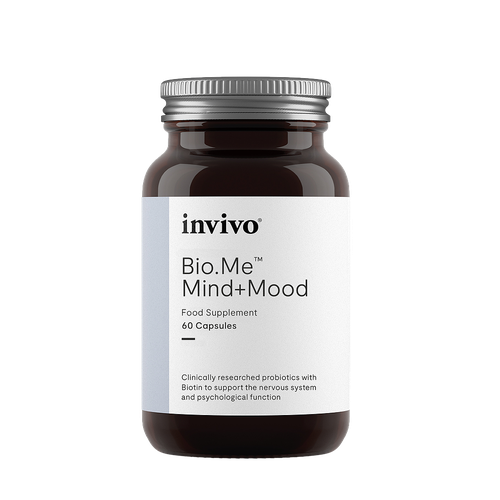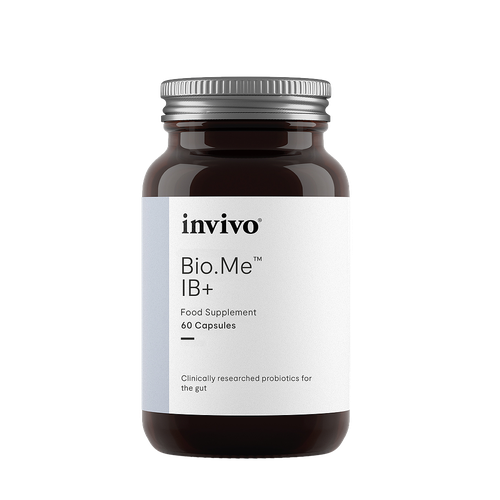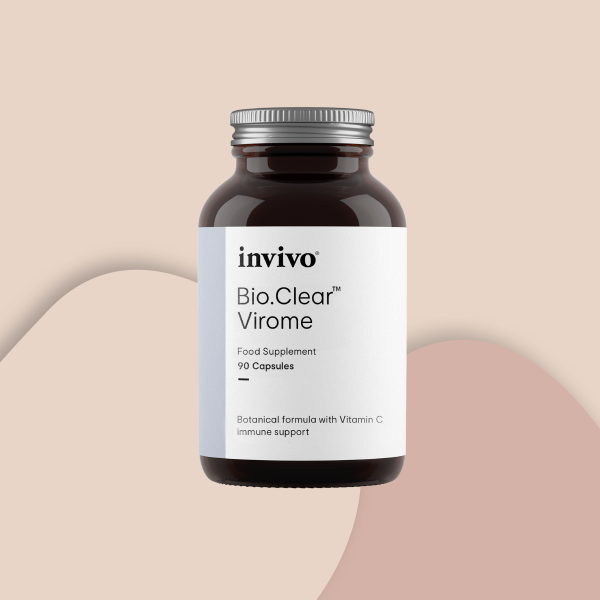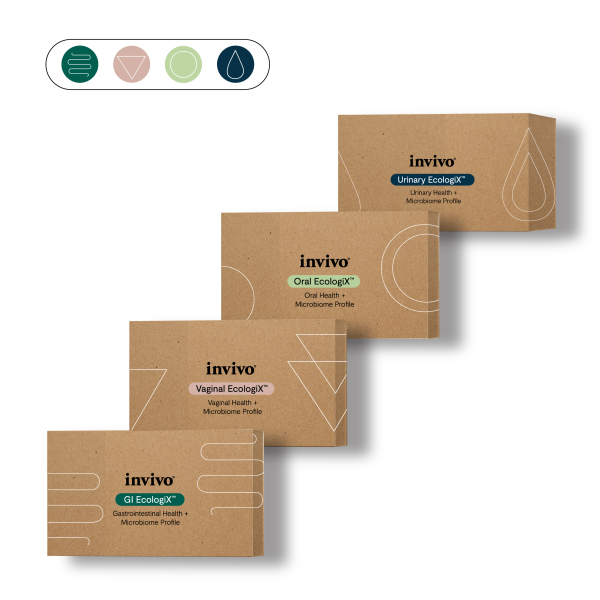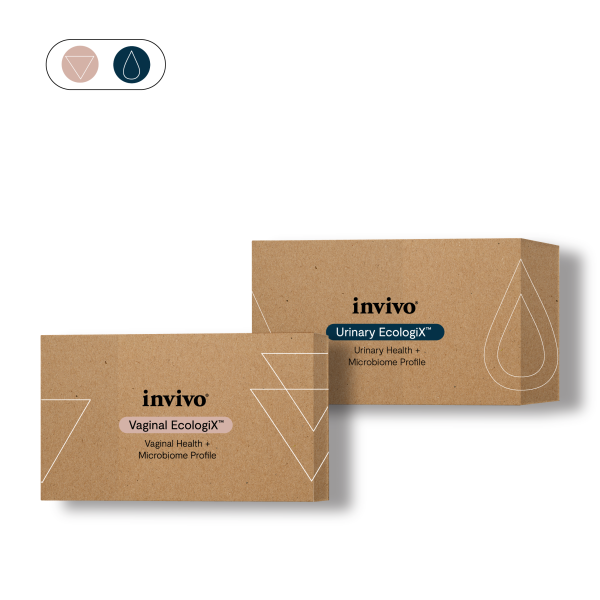Nutrient Rich Food Complexes The Story Of Foodstate Nutrients
Nutrient-Rich Food Complexes: The Story of FoodState Nutrients™
The history of FoodState Nutrients™ dates back to a discovery made nearly 80 years ago by Albert Szent-Gyorgyi. Szent-Gyorgi won the Nobel Peace Prize in Medicine “for his discoveries in connection with the biological combustion process with special reference to vitamin C and the catalysis of fumaric acid.” During his acceptance speech on December 10, 1937 in Stockholm, Szent-Gyorgi declared the vitamin content found in paprikas to be superior to vitamin C alone. “At the time that I had just detected the rich vitamin content of the paprika, I was asked by a colleague of mine for pure vitamin C,” he told the assembly. “This colleague himself suffered from a serious haemorrhagic diathesis. Since I still did not have enough of this crystalline substance at my disposal then, I sent him paprikas. My colleague was cured. But later we tried in vain to obtain the same therapeutic effect with pure vitamin C.” [1]
Nearly seventy years later, a thought-provoking study was conducted in 2006 exploring why the intake of vitamin-C rich food increased the immune defense of an organism. In the study, blood orange juice was compared to a drink containing an identical amount of vitamin C alone and a drink containing sugar. Participants each received all three drinks on separate occasions. After blood samples were collected and exposed to hydrogen peroxide, scientists looked at damage to the DNA of mononuclear blood cells. The study found that intake of a single portion of blood orange juice protected the DNA of mononuclear blood cells against oxidative damage. This protective effect was not found by consuming vitamin C alone (or in placebo). Clearly other phytonutrients were involved in the protective effect of the blood orange juice. [2]
Holistic practitioners accept the idea that the body functions as a web of interconnected systems, and to isolate one ignores the “whole” body. This concept is a primary tenet of holistic medicine and is becoming a catalyst for motivating allopathic doctors, and their patients, to search for better ways to approach health. Ironically, vitamins (in the absence of their corresponding food components) are widely accepted in the holistic health arena. Are we ignoring the unique phytonutrient synergy found only in the whole food form by not delivering essential vitamins using food? At INNATE Response we believe this practice misses the mark for delivering nutrition, which is why we offer FoodState Nutrients™, our one-of-a-kind solution, to address this problem.
Since nutrients are all created uniquely, they do not have the same properties. As depicted in the graphic below, there are three main processes that we use to produce our nutrients. Each always starts with fresh, whole foods, which are cold milled to “open up” the cells. This process results in one of three endpoints and took four years of research at the University of New Hampshire to perfect.
The WholeState™ Nutrient process (in green), shown in the center of the graphic, is the simplest of all of the methods. After the whole food is cold milled, the mixture is added to a tank, sheared (finely cut) to increase the surface area and solubility of the milled food, and concentrated. It is then slowly dried using our refractance window dryer.
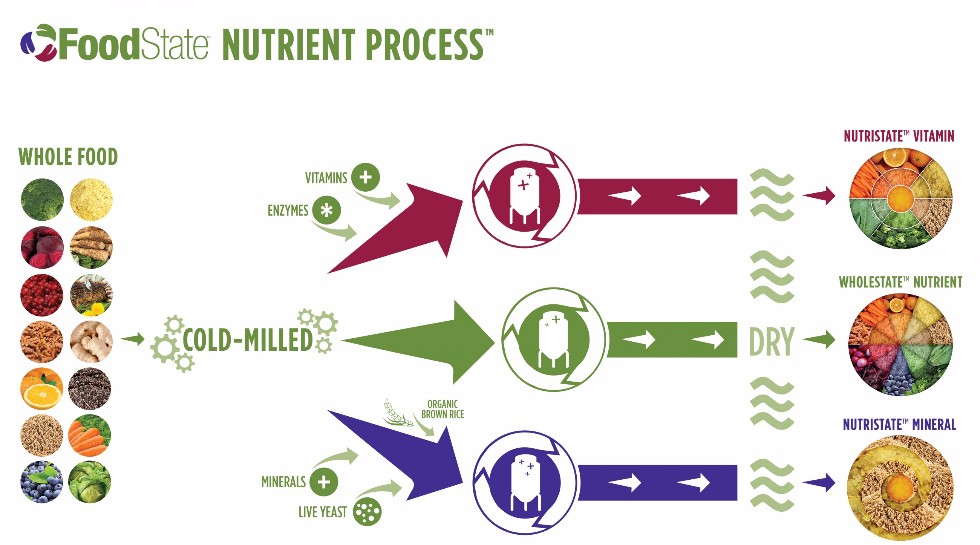
Our NutriState™ Vitamin method (illustrated in red at the top) advances the process a step further. After the milling procedure, vitamins and enzymes are added to the whole-food mix where the enzymes “chop” it up. Next, it is fed into the shear pump, which breaks the milled food down to the microscopic level, increases its solubility by increasing the surface area, and integrates the mixture. The resulting whole food, which is now enriched with vitamins, is slowly dried on the refractance window dryer. In the case of vitamin C, whole oranges (peels and all) are cold-milled in our machine known as the comitrol. The milled food, which resembles Italian ice, is added to deoxygenated water and an enzyme. The mixture is then sheared, which fully integrates the vitamin C into the orange. This process takes approximately two hours before the enriched, whole-food mixture is dried.
The most complex of all three processes is the NutriState™ Mineral method (illustrated in blue on the bottom). Unlike vitamins, minerals are inorganic compounds that are not produced in the body. They are essential building blocks that hold us up structurally, but can be toxic in high amounts. Similarly, minerals can be toxic to Saccharomyces cerevisiae, the organism we use to deliver them, so particular attention has to be taken to integrate them properly.
Live budding yeast is fed organic brown rice and a selected mineral in our bioreactor. TheSaccharomyces cerevisiae consumes the rice and the added mineral; oxygen is supplied, and they reproduce in the process. We maximize the capacity of the yeast to carry the mineral and end the growing process by increasing the temperature. The yeast that is now enriched with a particular mineral is sheared and dried on the refractance window dryer.
Szent-Gyorgyi ended his acceptance speech by declaring his discovery of the substance he named vitamin P, during his investigation of flavones. His experiments showed that these substances, like Citrin and hesperidin, possessed vitamin-like properties. However, he admitted he was ultimately unable to demonstrate their activity in an “irreproachable and reproducible fashion.” [3] Even so, Szent-Gyorgyi was hopeful that these dyes, as he termed them, “are able to restore the state of affairs to normal, and to judge by the first experiences, it seems that these substances will enrich the doctor’s inventory with a really useful new weapon for him to fight illnesses with.” [4]
FoodState Nutrients™ deliver concentrated whole food, and whole food enriched with vitamins and minerals. The food factors that Szent-Gyorgyi hoped would become a useful new weapon have become a reality using INNATE’s FoodState Nutrient Science technology.
[1] Albert Szent-Gyorgyi, Oxidation, energy transfer, and vitamins, Nobel Lecture, December 11, 1937, 448.
[2] Serena Guarnieri, et. al., Orange juice vs vitamin C: effect on hydrogen peroxide-induced DNA damage in mononuclear blood cells, British Journal of Nutrition (2007), 97, 639–643.
[3] Albert Szent-Gyorgyi, Oxidation, energy transfer, and vitamins, Nobel Lecture, December 11, 1937, 449.
[4] Ibid.
